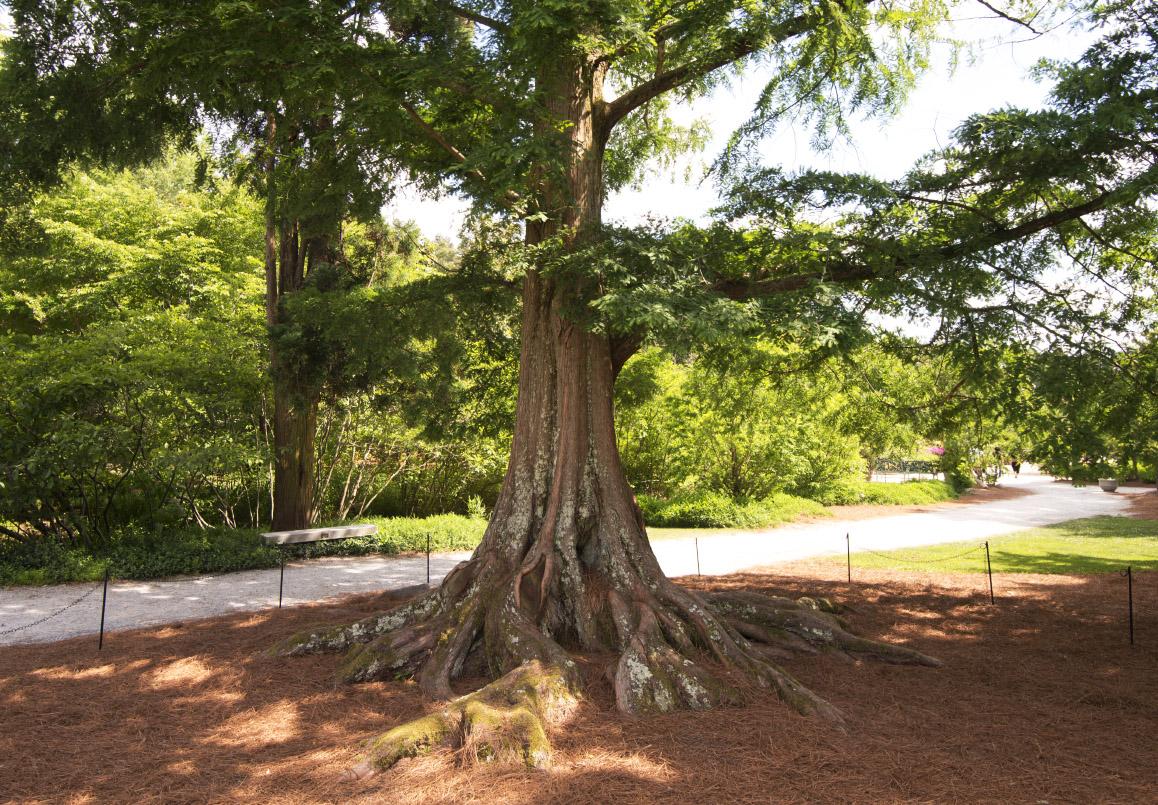Support OpenDurham.org
Preserve Durham's History with a Donation to Open Durham Today!
OpenDurham.org is dedicated to preserving and sharing the rich history of our community. Run by our parent nonprofit, Preservation Durham, the site requires routine maintenance and upgrades. We do not ask for support often (and you can check the box to "hide this message" in the future), but today, we're asking you to chip in with a donation toward annual maintenance of the site. Your support allows us to maintain this valuable resource, expand our archives, and keep the history of Durham accessible to everyone.
Every contribution, big or small, makes a difference and makes you a member of Preservation Durham. Help us keep Durham's history alive for future generations.


Comments
Submitted by George (not verified) on Mon, 8/18/2014 - 3:39pm
There are several other Dawn Redwood trees growing in the Sarah P. Duke Gardens. It's fun to search for them. Sometimes it's necesary to get close to the trees to distinguish them from the Bald Cypreses in the gardens. Ask any volunteer or employee at Duke Gardens about the big Dawn and the others - most enjoy explaining their significance and showing how to tell a Dawn from a Bald Cypress.
Submitted by Bob (not verified) on Mon, 8/18/2014 - 3:46pm
The Duke Gardens comments about the Dawn are misleading. The base buttressing and exposed roots are NOT unusual in the Dawns - in fact, more Dawns have this characteristic than not. People playing, sitting and standing on the roots don't harm the tree at all - in fact it probably expects and enjoys the activity - much as it probably enjoys the birds and insects that roost and climb in it, and the wind, rain, thunder and lightning, hail and other natural activities of the nature of which it is a aprt.
Submitted by gary on Mon, 8/18/2014 - 4:15pm
There are also some wonderful Dawn Redwoods in the Little Theater/Rose Garden in Raleigh.
GK
Add new comment
Log in or register to post comments.